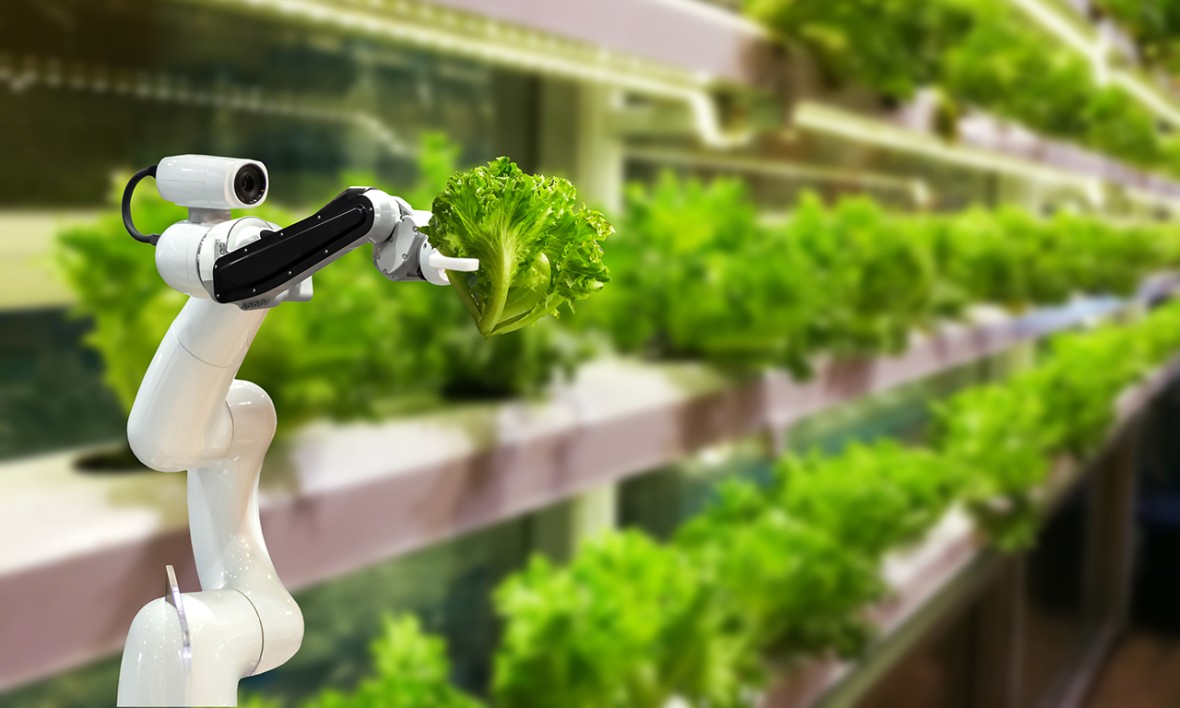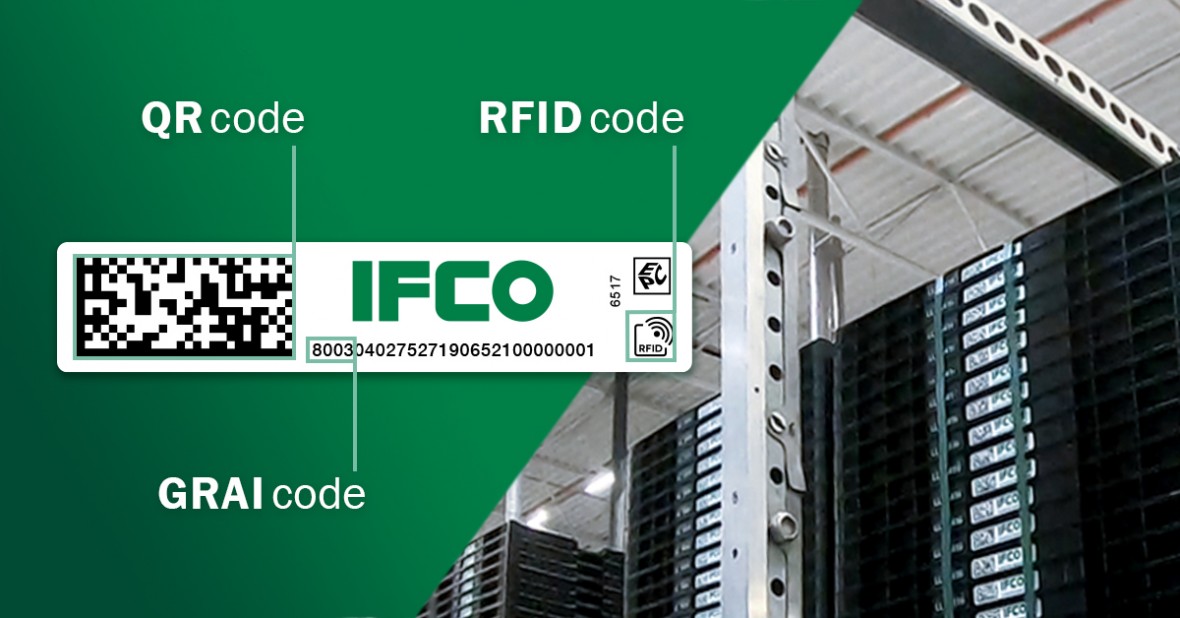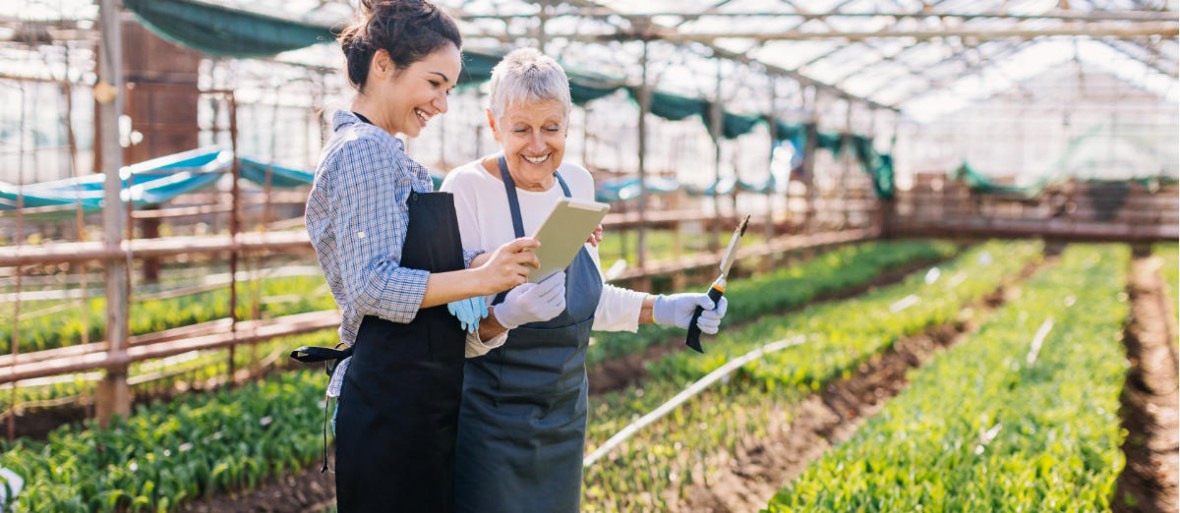An exciting time to work in digital
Digital twins have undergone a remarkable shift since the Apollo 13 mission. Overall digital tools are certainly more powerful, flexible and robust today. Computer modeling has become more sophisticated. As well as ubiquitous. So, it’s not just the likes of NASA who can now reap the benefits of such digital tools. The EU, for instance, is even funding a digital twin of the planet earth.
In many ways, the digital twin for the fresh grocery supply chain is still very much in its infancy. But its potential is huge, as the guest speakers in our recent IFCO webinar Discovering digital and sustainable fresh food supply chains made clear. This is why we are taking on the challenge to develop digital twin technology. Data-driven insights will help our industry adjust operations appropriately and define new strategies that will help IFCO in achieving our purpose of making the fresh grocery supply chain sustainable.
We are already seeing that better sensors and communication technology are allowing us to gather more relevant data faster and cheaper, to determine the best course of action with more confidence. As a result, supply chain visibility technology will capture, process and communicate conditions and options more effectively and in real time.
In my experience, digital twins are dynamic platforms that can only be successful through close collaboration with experts from every aspect of the real-world fresh grocery supply chain, data scientists and IT professionals. I believe our approach to enhancing the grocery supply chain through digital technology will have a profound impact on how we build supply chains in the future.
Discover more about our innovative products, services and digital solutions for a future-proof supply chain.
Read more
 written by Michael Pooley, 15th June 2023, in
written by Michael Pooley, 15th June 2023, in 














